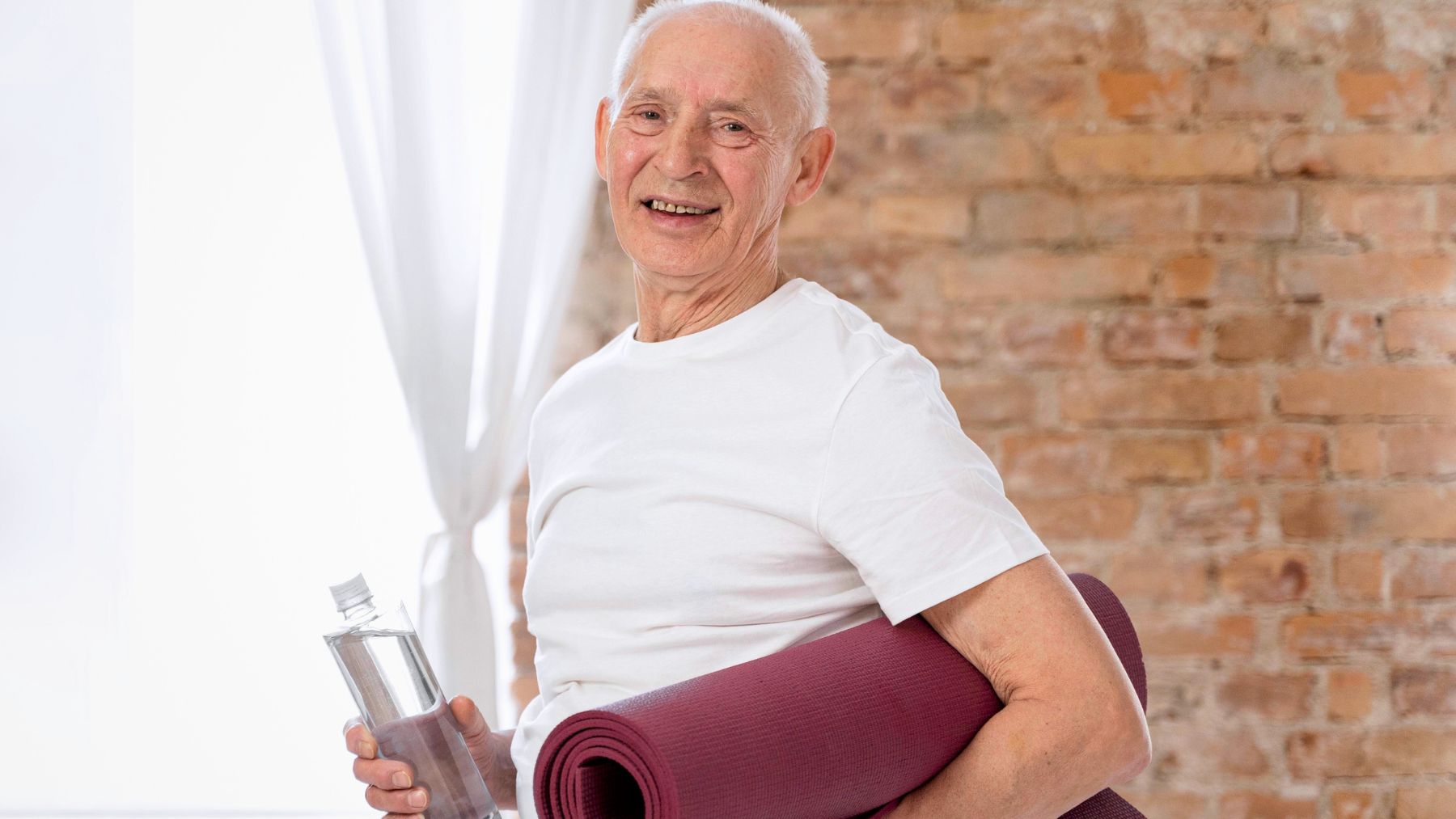How do you know if your body is holding up with age? Doctors say one simple test, which you can do in your living room, can reveal a lot about your strength, endurance, and independence. It doesn’t take fancy equipment or hours of exercise, just a chair, a timer, and thirty seconds.
It’s called the 30-Second Chair Stand. Geriatric specialists often use it to measure how well someone is aging physically. In the following sections, we’ll explain how the test works, what it says about your health, and share expert-backed tips for reducing fall risk as you get older.
The 30-second chair stand test
The 30-Second Chair Stand looks simple, but it can be challenging. You sit in the middle of a sturdy chair with your arms crossed over your chest, feet flat on the floor. When the timer starts, you stand up fully, then sit back down, repeating the motion as many times as possible in half a minute.
Scores vary by age and sex, but according to the Centers for Disease Control and Prevention, people between 60 and 64 have an average of about 14 stands for men and 12 for women. Performing well means your legs, hips, and core have the strength and stamina to handle daily activities, from climbing stairs to getting out of bed.
Lower-body weakness is one of the biggest contributors to falls, which remain the leading cause of fatal injuries among adults over 65. Research has also shown that completing fewer than four stands in 30 seconds is linked to an increased risk of death among people with chronic obstructive pulmonary disease. For healthy older adults, a below-average score can flag mobility issues before they become serious.
The chair stand is about balance, coordination, and endurance, too. If you can complete it without wobbling, losing posture, or using your arms, it’s a strong sign that your body is aging in a resilient way.
How seniors can lower their fall risk
If you find this test difficult, don’t panic. It’s meant to guide you, not discourage you. Falls are not an inevitable part of aging, and small changes can boost your stability and independence. Here are some strategies:
- Strength training: Bodyweight squats, lunges, and resistance band exercises target the muscles needed to stand, walk, and recover from a stumble.
- Balance practice: Standing on one foot and heel-to-toe walking exercises sharpen coordination and reduce unsteadiness.
- Mobility and flexibility: Gentle yoga, stretching, or simple hip and ankle rotations help joints move more freely, making everyday tasks easier.
- Safe home setup: Removing clutter, improving lighting, and adding grab bars in bathrooms can reduce hazards that increase fall risk.
- Daily movement: Climbing stairs, gardening, or even brisk walking builds the endurance needed to stay steady and strong.
The chair stand is a snapshot of where your body is right now, but it’s not a life sentence. Struggling with it means it’s time to focus on strength and mobility. Regular exercise, a safe environment, and consistent practice can extend independence and protect you from falls.
